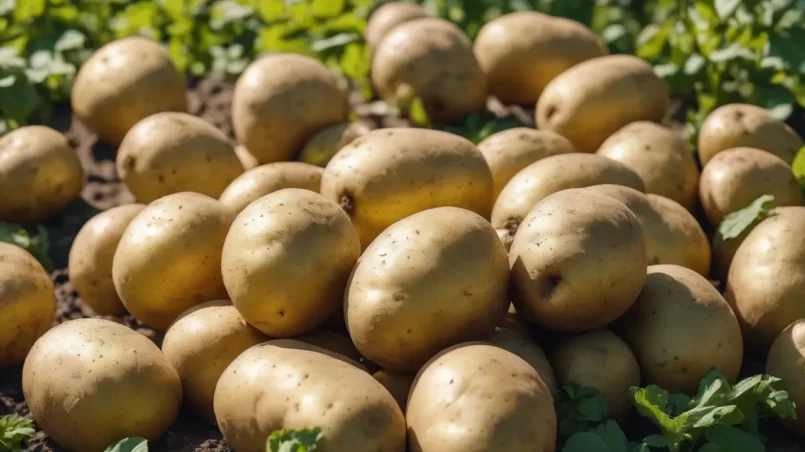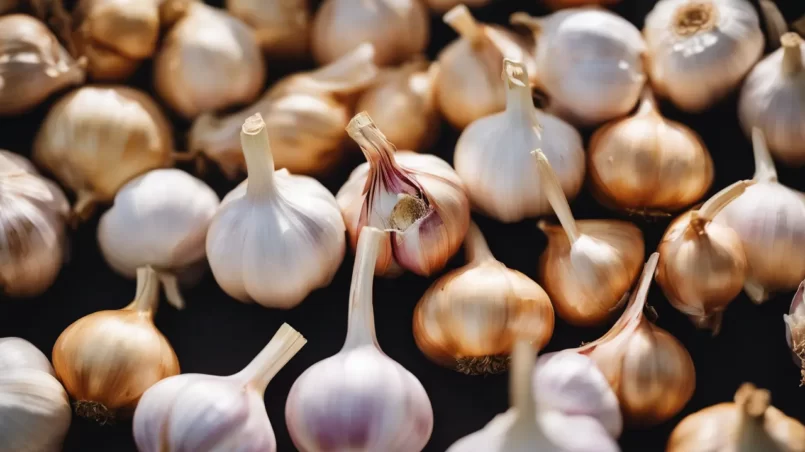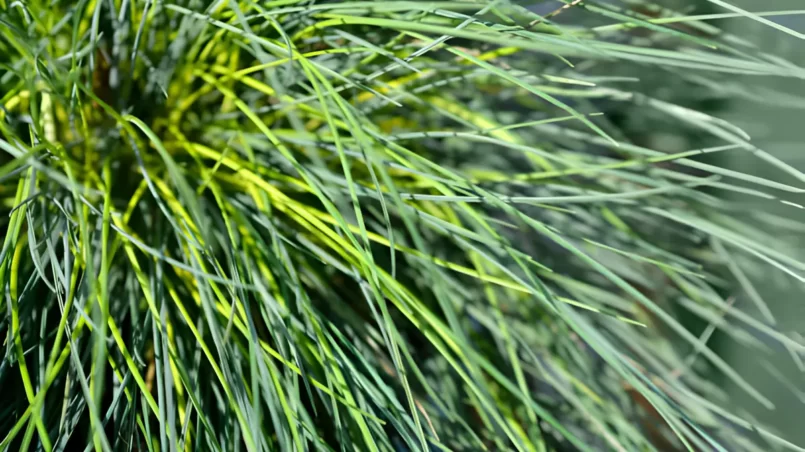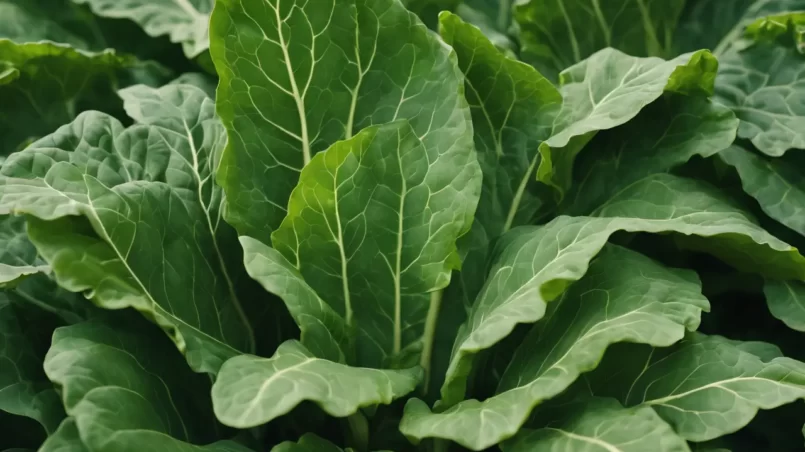Sunflowers, with their bright and cheerful blooms, are a favorite among gardeners in Texas. These versatile plants not only enhance the beauty of Texan landscapes but also serve various practical purposes, from providing seeds for snacks to attracting pollinators. The diverse climates within Texas, ranging from arid in the west to humid in the east, significantly influence the growth and planting schedules of sunflowers. Texas’s Varied Climate Zones Texas’s vast expanse...
In USDA Hardiness Zone 6, growing potatoes can be a rewarding experience for gardeners. This zone, encompassing a significant portion of the mid-United States, offers a favorable climate for potato cultivation. Understanding the unique climate and soil conditions in Zone 6 is crucial for achieving a successful potato harvest. Characteristics of Zone 6 Zone 6 is characterized by a moderate climate with distinct seasons, including cold winters and warm summers. The average minimum winter...
Garlic, a staple in kitchens worldwide, is not only cherished for its culinary versatility but also for its health benefits. In Pennsylvania, with its distinct seasons, understanding the ideal time to plant garlic is crucial for gardeners looking to cultivate this flavorful bulb. This guide will navigate through the specifics of planting garlic in Pennsylvania, ensuring a successful harvest. Garlic Varieties Garlic comes in two primary types: softneck and hardneck. Softneck Garlic:...
Fescue grass, known for its hardiness and aesthetic appeal, is a popular choice for lawns and landscapes. Understanding the optimal planting time for fescue is crucial for establishing a healthy, vibrant lawn. This article provides a detailed guide on when to plant fescue, taking into account various environmental and climatic factors to ensure the best results for your lawn. Fescue Grass Fescue grasses, which include varieties like tall fescue and fine fescue, are known for their...
Collards, a staple in Southern cuisine, are a beloved leafy green known for their hearty flavor and nutritional value. In Georgia, with its rich agricultural history, growing collards can be particularly rewarding. Understanding the best time to plant collards in this region is crucial for gardeners to enjoy a bountiful harvest. This guide will provide essential insights into planting and cultivating collards in Georgia’s unique climate. Collards Collards (Brassica oleracea) are a...
Hops, scientifically known as Humulus lupulus, are a key ingredient in brewing, particularly for beer, where they contribute to the beverage’s distinct flavor and aroma. The cultivation of hops is a significant agricultural endeavor, and the timing of the harvest is critical to ensure the highest quality of the yield. This article will explore the intricacies of hop cultivation, focusing on identifying the optimal time to harvest for the best possible outcome in brewing and other...






